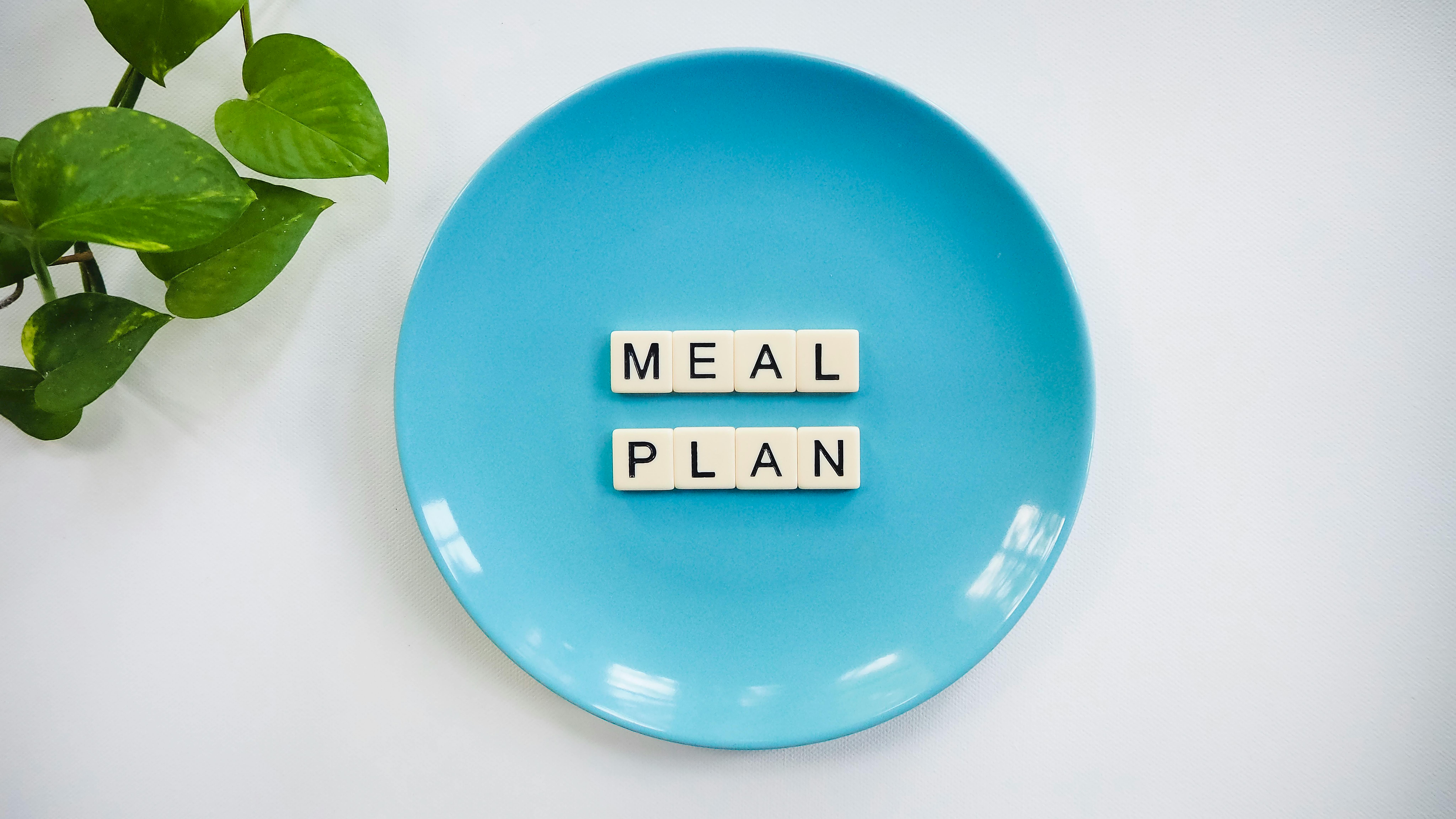Practical Ways to Wean Breastfeeding for Modern Moms in 2025
Weaning from breastfeeding is a significant milestone for many modern moms, especially in 2025 when parenting paradigms are continuously evolving. This process can be filled with emotional challenges, and each baby's readiness to wean can vary greatly. Understanding how to effectively transition your little one from breastfeeding to alternative feeding methods is essential for their nutritional needs and your peace of mind.
In this article, we will explore actionable tips on how to wean your baby effectively, from recognizing signs of readiness to explore breastfeeding alternatives like formula feeding and introducing solids. We'll discuss practical techniques and emotional support for parents throughout the weaning journey, ensuring a smooth transition for both you and your baby. By the end, you will have a comprehensive roadmap to guide you and your child through this important phase.
Key takeaways will include insights into maintaining bonding during weaning, managing weaning anxiety, and spotting signs of weaning. As we proceed, we'll also learn how to adapt to feeding schedules and how to help your child gain independence without compromising their well-being.
Understanding the Gradual Weaning Process
Building on the foundations of breastfeeding, the gradual weaning process is a vital approach for modern moms. This method allows both mother and baby to adjust comfortably. A gradual weaning gives your child time to adapt, ultimately leading to a smoother transition.
Signs of Readiness to Wean
Recognizing the signs of readiness to wean is crucial. Signs include your baby showing less interest in breastfeeding, being able to eat solids, and beginning to self-soothe. During this transition, it's important to communicate with your baby, understanding their needs and cues throughout the process.
Choosing the Right Time to Wean
Finding the right time to wean can significantly impact the success of this process. Look for factors such as your baby's developmental milestones, your own emotional readiness, and any life changes you might be facing, like returning to work. Avoid weaning during stressful times to minimize anxiety for both you and your child.
Transitioning from Breast to Bottle
The transition from breast to bottle can be easier with thoughtful preparation. Start by introducing the bottle when your baby is calm and hungry. Experiment with different bottle shapes and nipples to find the right fit for your baby. Additionally, introducing skin-to-skin contact can create feelings of comfort during this change.

Breastfeeding Alternatives: Formula Feeding and Introducing Solids
With these basics established, modern moms should explore breastfeeding alternatives that cater to their child's nutritional needs post-weaning. Formula feeding and introducing solids are effective strategies during this transitional phase.
Choosing the Right Formula
Selecting the appropriate formula is an essential step in the weaning process. Consult pediatrician advice on weaning to understand nutritional needs for your child. Look for formulas that resemble breast milk in terms of nutrients, as this can ease the transition.
Introducing Solids
Introducing solids into your baby's diet is another critical move towards total weaning. Start with pureed fruits and vegetables, gradually adding texture as your baby becomes accustomed to new tastes and nutritional needs. Healthy snacks for toddlers can be essential here, providing the nutrients they need while reducing the need for breastfeeding.
Common Challenges When Weaning
Common challenges in weaning include nursing aversion and your baby resisting bottles or solid foods. Prepare for these situations by offering comfort and reassurance while also encouraging self-soothing techniques. Establishing a consistent feeding schedule can help reduce confusion during this shift.
Gentle Weaning Strategies and Emotional Support
Taking this concept further, gentle weaning strategies can be incredibly beneficial for both you and your baby. As emotional readiness plays a role in both mother and child during weaning, providing emotional support for parents is equally crucial.
Managing Weaning Anxiety
Weaning anxiety is common and can be managed through open communication with your healthcare provider and support networks for parents. Engaging with fellow moms through weaning support groups can offer reassurance and shared experiences that help normalize your journey.
Maintaining Bonding During Weaning
Maintaining the bond with your child during this transition is vital. Focus on nurturing activities like reading together or cuddling to strengthen emotional connections without breastfeeding. Such bonding activities foster a sense of security for your baby, easing the emotional impact of weaning.
Weaning Schedules: Finding What Works
Establishing a weaning schedule tailored to your family dynamic can help set expectations for both you and your child. Gradually reduce breastfeeding sessions, replacing them with comforting methods like bottle-feeding or offering a favorite toy or blanket during times you'd usually nurse, ensuring your baby feels secure.

Nutritional Needs After Weaning and Feeding Your Baby
Connecting to the principle of nutrition, understanding your baby's nutritional needs after weaning is a pivotal component of this journey. New parents must assess how to adapt their toddler's diet to include sufficient nutrients for healthy development.
Healthy Eating After Weaning
Post-weaning, ensure your toddler is receiving a balanced diet including proteins, vitamins, and healthy fats. Focus on introducing a variety of foods to encourage independent eating habits, and be patient as they discover new tastes. Encouraging healthy snacks can also help in developing a positive relationship with food.
Understanding Baby Behavior Post-Weaning
Post-weaning, babies may exhibit changes in behavior, including increased clinginess or reluctance to feed. Understanding these baby behaviors can facilitate smoother adjustments for both parent and child. Providing consistent routines can aid in managing these changes effectively.
Encouraging Independence
Encouraging independence in your toddler is a pivotal part of the parenting journey. By fostering toddler independence, you empower your little one to explore the world confidently. Gradually encouraging self-feeding and participation in family meals can enhance their overall development and help them adapt to life beyond breastfeeding.
Q&A: Common Concerns About Weaning
In this section, we address some common questions about weaning with practical solutions and expert recommendations to help guide you through this pivotal stage.
What are the best tips for successful weaning?
Successful weaning can be achieved by gradually reducing breastfeeding sessions, choosing the right time to wean, and remaining attuned to your baby's needs. Maintaining nurturing activities can help ease the transition.
How can I manage weaning stress?
Manage weaning stress through support networks, communication with your partner, and remaining adaptable. Share experiences with others to alleviate feelings of anxiety.
What are the signs of weaning readiness?
Signs of weaning readiness include decreased interest in breastfeeding, wanting to try new foods, and the ability to self-soothe.
How to navigate feeding challenges during weaning?
Be prepared for common challenges like refusal to eat solids by maintaining a consistent feeding schedule and offering a variety of foods in a relaxed environment.
How can I ensure my child is getting adequate nutrition after weaning?
Consult with a pediatrician for dietary advice tailored to your child’s needs. Incorporate a variety of food groups to ensure balanced nutrition.
Weaning can be a journey filled with emotional transitions and practical adaptations. However, with informative strategies and emotional support, you and your baby can successfully move towards this new phase in comfort and health.
